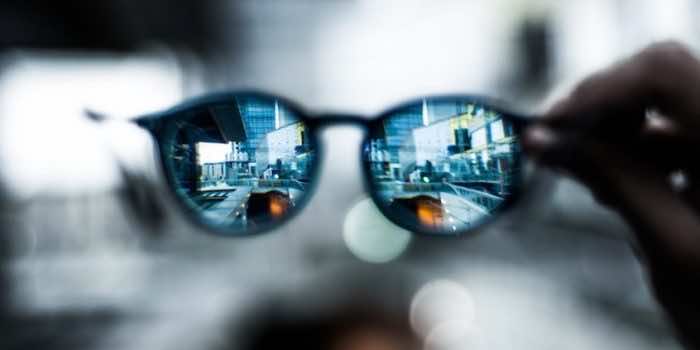Making it Visible: Shedding Light on What Happens Beyond the Book
Multiple choice:
Your kid came home singing in English and you:
a) record a video and share it in the family group chat
b) congratulate their English teacher
c) believe the school’s bilingual program is a success
d) try to find the song in the coursebook
A school is a place filled with stimuli, where learning happens even in the spaces between formal classes. However, to several parents, the evidence of what happens inside a school can only be measured by what is written on the pages of a coursebook. As teachers, it is easy to say that we know the syllabus, that we have a flight plan, and know our destination. To the families, however, there is a gap between what is done at school and what they can see at home. That said, how can we make learning visible to teachers, students, and families alike? How important is evidence of learning to increase engagement, produce meaning, and promote a reflection about what happens inside the school?
To start that discussion, we first must understand what really happens inside a school. Much like at home, there is a routine designed to keep students safe and cared for, and it involves eating, cleaning up, exercising, resting, and socializing. Other than that, there is a syllabus to be followed (designed to meet legal standards), along with a sequence of how that syllabus will be put into practice, which encompasses a variation of warm-up activities, practice activities, and evaluation of some kind. After the class is over, in Wuthering Heights, usually at unearthly hours, tons of invisible work to organize, grade, and document what happened during the day, and plan for the following one. Nonetheless, between what teachers and administrators know they are doing, and what families perceive as learning, there is a world of miscommunication.
Our primary goal as educators is to facilitate meaningful learning experiences that lead to the growth and progress of our students. However, much of this effort can be fruitless if we fail to showcase it. Learning evidence plays a pivotal role in this process, as it empowers students to take ownership of their educational journey while providing families with tangible proof of their development. Assessments, tests, projects, presentations, portfolios, self-assessments, peer and teacher feedback, serve as concrete proof of a student’s journey and provide insights into their academic and personal growth over time.
There is, however, a war around learning evidence. Parents do not think there is enough, principals mistrust the information provided by teachers, and teachers believe they are being constantly monitored by both parents and school administrators. Caught in the middle of this war, students miss out on the opportunity to use this documentation to celebrate their growth and achievements. To navigate the war around learning evidence, educators must communicate transparently with parents and school administrators. This open communication allows for a better understanding of the student’s progress and growth, building trust and confidence in the educational process.
As educators, it is essential to recognize the significance of learning evidence in increasing student engagement, promoting meaningful learning experiences, and fostering a sense of ownership in students. The more diverse the evidence we collect is, the more holistic the understanding of each student’s abilities and progress will be. As we embrace learning evidence in our classrooms, we create a culture where students are motivated to reach their full potential and become active participants in their educational journey.
All in all, making learning visible is a crucial aspect of education that bridges the gap between what happens inside a school and what families perceive as learning. Nonetheless, showcasing learning evidence entails facing the, more often than we would like to admit, opposing perspectives of parents, principals, and teachers. Despite these challenges, making learning visible ultimately benefits the students and empowers families to be active participants in their child’s educational journey. By shedding light on what happens beyond the book, we create an inclusive and supportive learning environment that encourages collaboration, reflection, and genuine love for learning.
Further readings:
https://pz.harvard.edu/projects/making-learning-visible
https://www.petitjourney.com.au/making-childrens-learning-visible/


